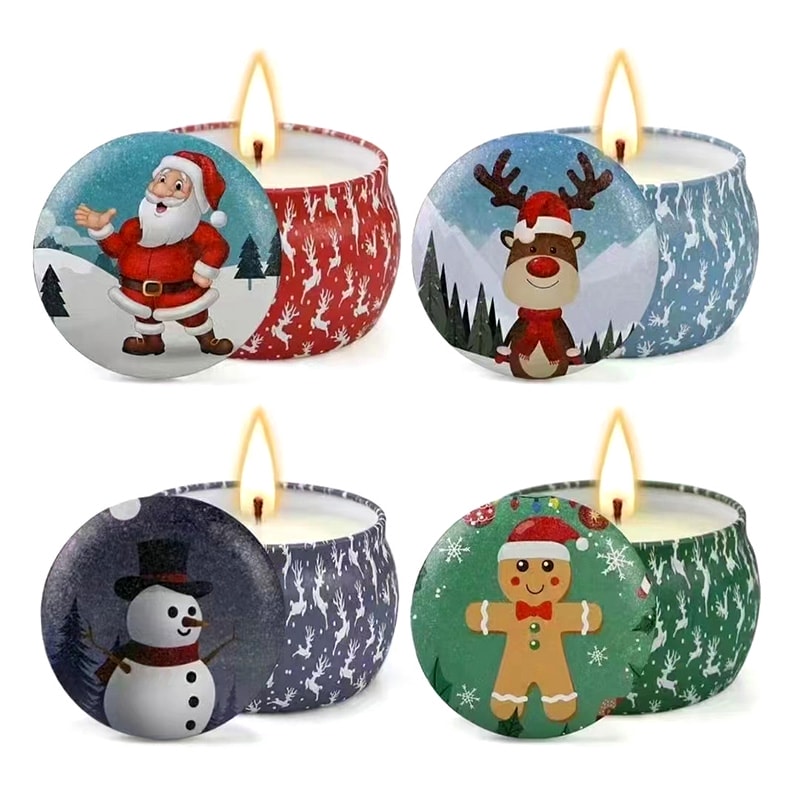

1. Embossed and Debossed Patterns:
Incorporating textured or relief patterns through embossing and debossing techniques can add visual interest and tactile appeal to the tin box surface, enhancing its aesthetic appeal and giving it a unique and customized look.

2. Customized Shapes and Forms:
Utilizing customized shapes, such as unique geometrical forms or unconventional silhouettes, can distinguish the tin boxes and contribute to their visual appeal, while maintaining their structural integrity.
3. Colorful and Vibrant Imagery:
Applying vivid and engaging imagery, illustrations, or vibrant color schemes can elevate the visual appeal of tin boxes, making them eye-catching and aesthetically pleasing.
4. Interactive and Functional Elements:
Incorporating interactive features, such as sliding mechanisms, hinged openings, or compartmentalized interiors, can enhance the functionality of the tin boxes, making them more engaging for users.
5. Sustainable and Eco-Friendly Materials:
Utilizing eco-friendly materials, such as recyclable tinplate or biodegradable coatings, communicates a commitment to sustainability and responsible practices, enhancing the appeal of the tin boxes to environmentally conscious consumers.
6. Multi-Purpose and Reusable Designs:
Designing tin boxes with versatile and reusable functionalities, such as convertible storage or secondary use as a display item, adds value to the products and fosters an emotional connection with consumers.
7. Incorporation of Visual Brand Storytelling:
Integrating visual elements that communicate the brand's narrative, heritage, or brand values can create an emotional connection with consumers, enhancing the perceived value and appeal of the tin boxes.